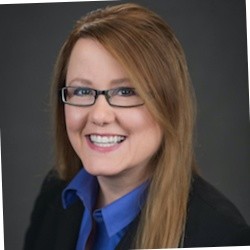Non-Medicaid services funding not matching demand
Most states have not increased funding for senior centers, information and referral, transportation, caregiver supports and other non-Medicaid services, even as they begin to implement Affordable Care Act-related long-term services and supports (LTSS) to increase access to Medicaid home- and community-based services.
So finds a new report issued by the AARP Public Policy Institute, the National Association of States United for Aging and Disabilities (NASUAD) and Health Management Associates. “At the Crossroads: Providing Long-Term Services and Supports at a Time of High Demand and Fiscal Constraint” contains data collected via a survey and telephone interviews with those working at state aging and disability agencies and Medicaid agencies in 49 states and Washington, DC.
Demand for home- and community-based services is growing in many states, and initiatives for dual-eligibles are increasing, according to the report. At the same time, however, states are encountering increased demands for services not covered by Medicaid.
“The decision by so many states to transform their Medicaid LTSS systems from fee-for-service to managed care ranks as the most significant byproduct of the Great Recession,” said Martha Roherty, executive director of NASUAD. “But our report documents that other vital programs for seniors, reliant entirely on state revenues, still languish six years after the recession began.”
States now must focus on programs such as adult protective services, Roherty said, noting that such programs still face stagnant funding levels, hiring freezes and staff reductions even as state economies improve.

Lois A. Bowers was senior editor of I Advance Senior Care / Long-Term Living from 2013-2015.
Related Articles
Topics: Executive Leadership , Medicare/Medicaid










